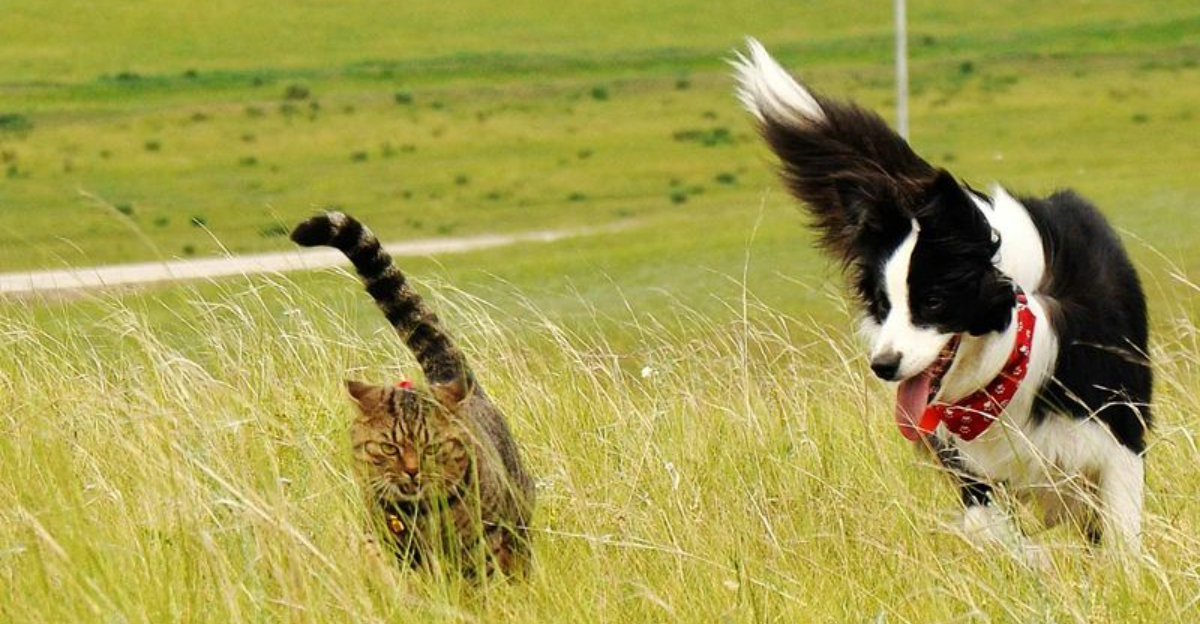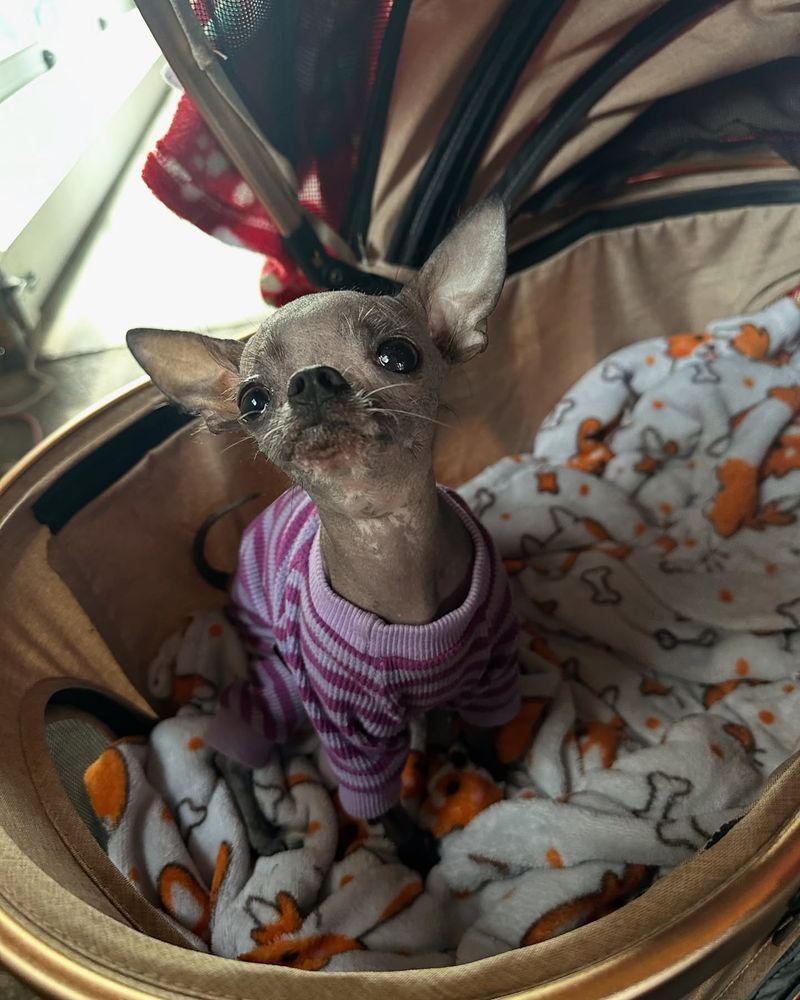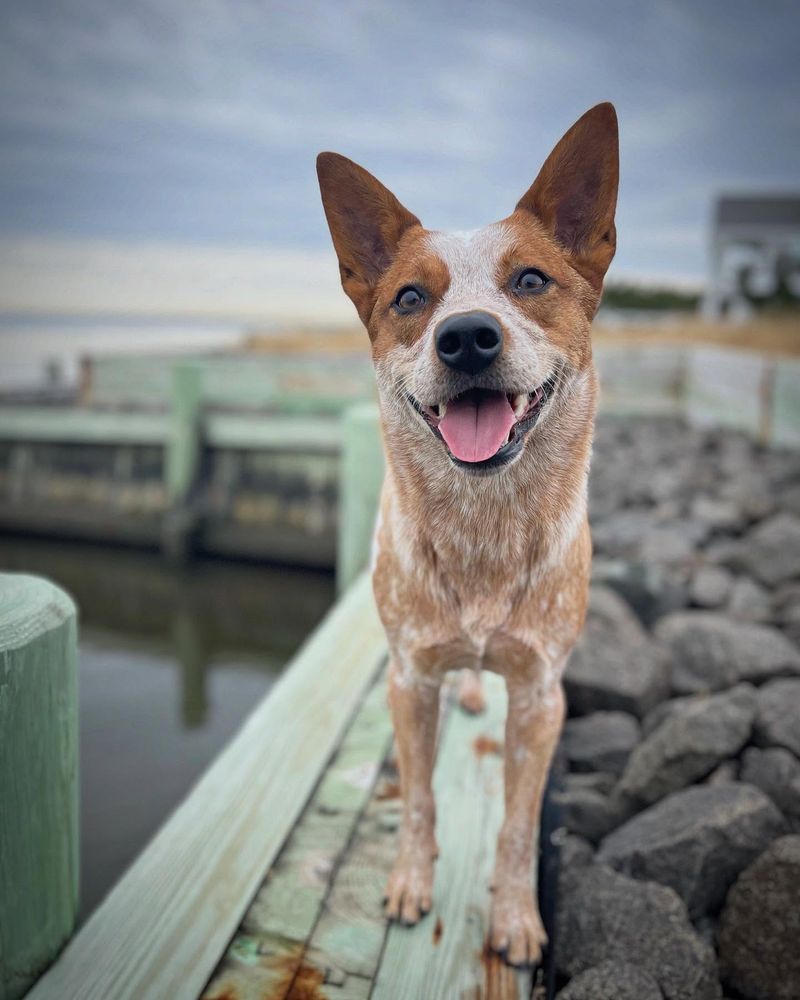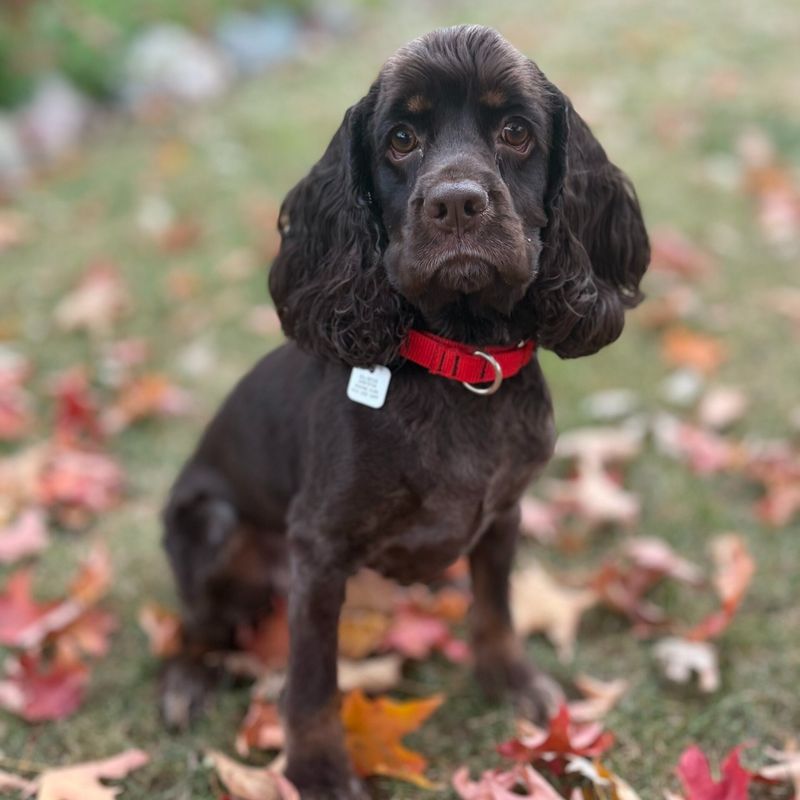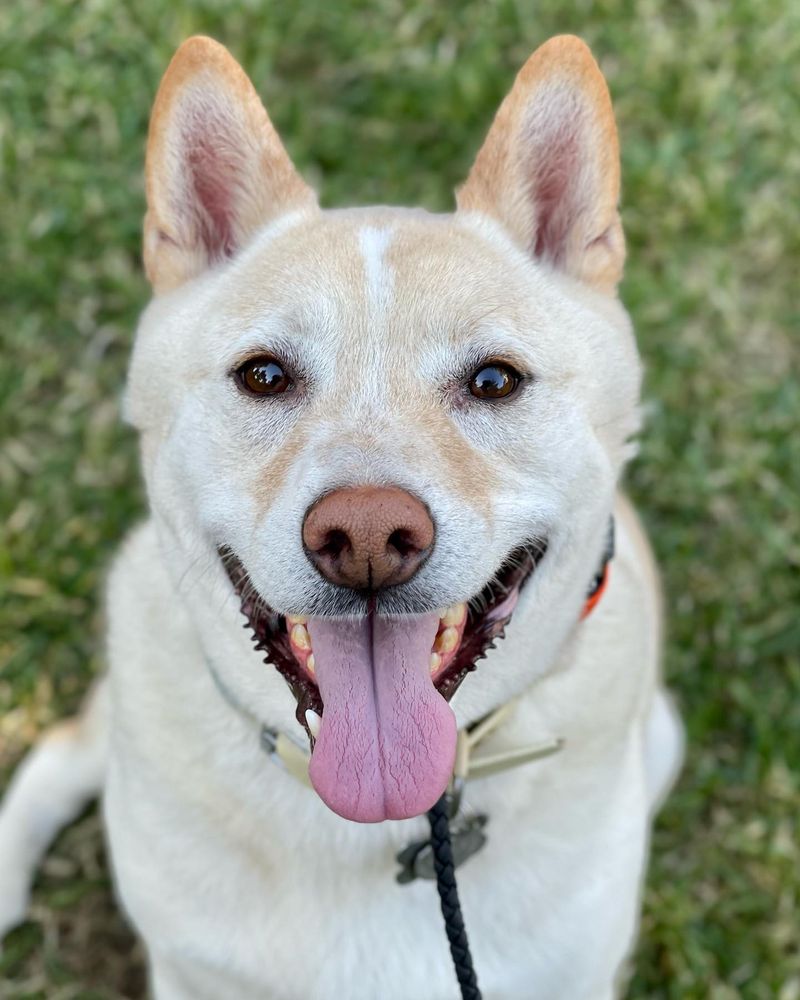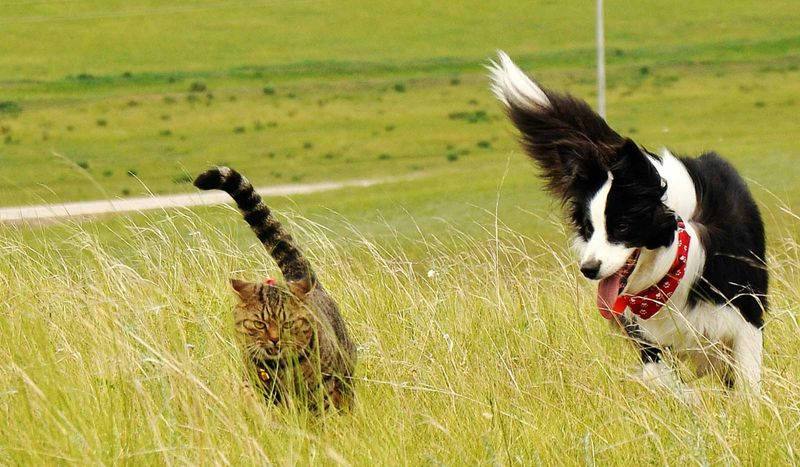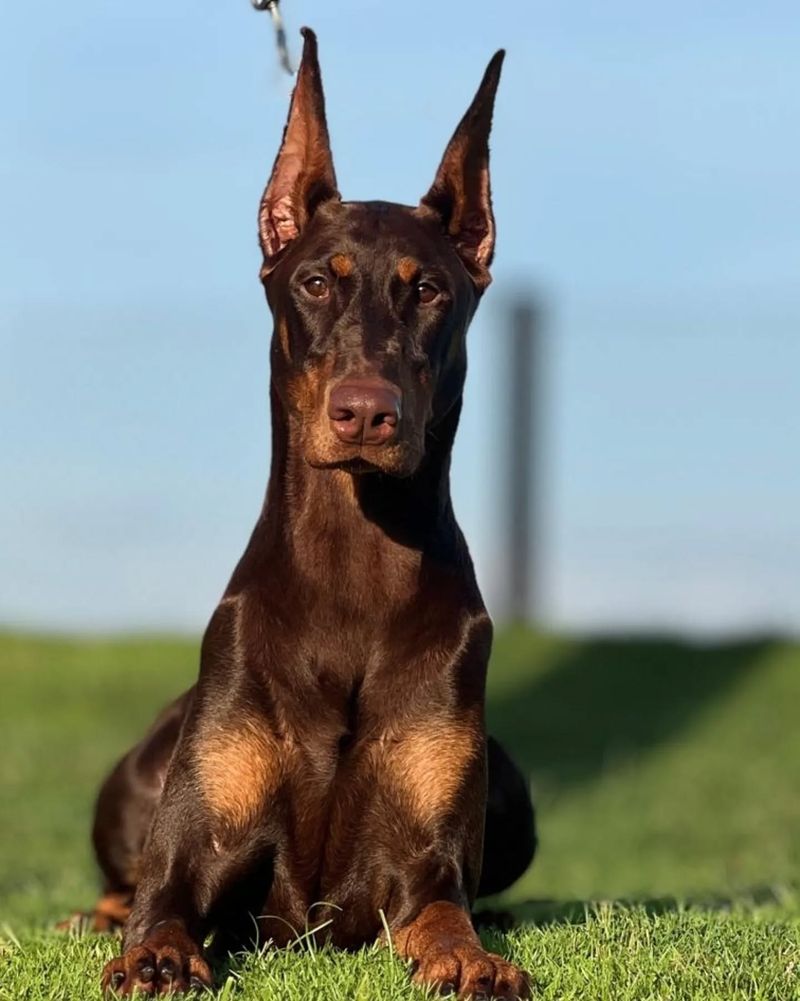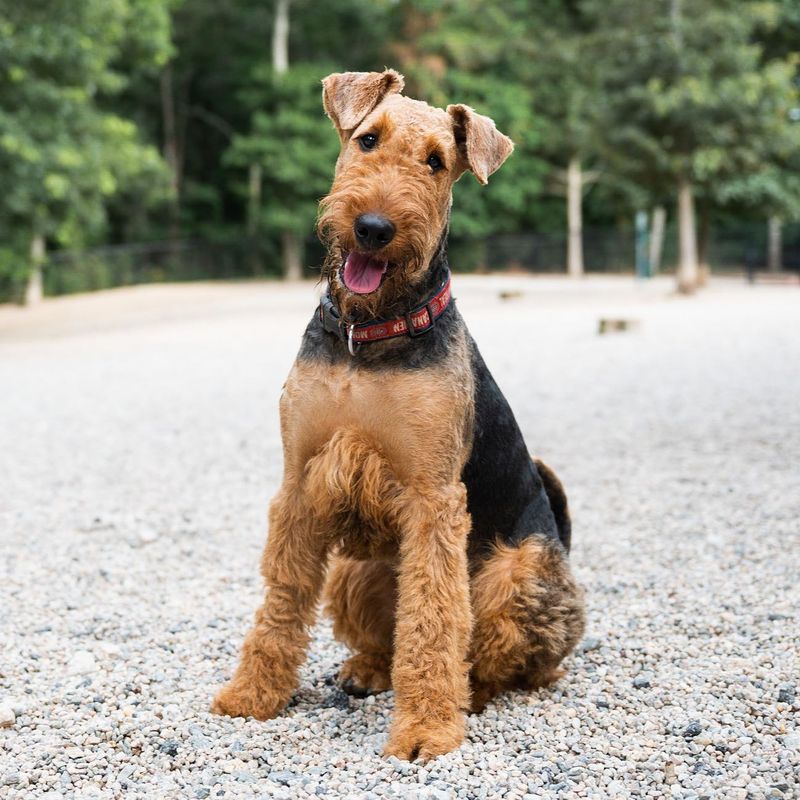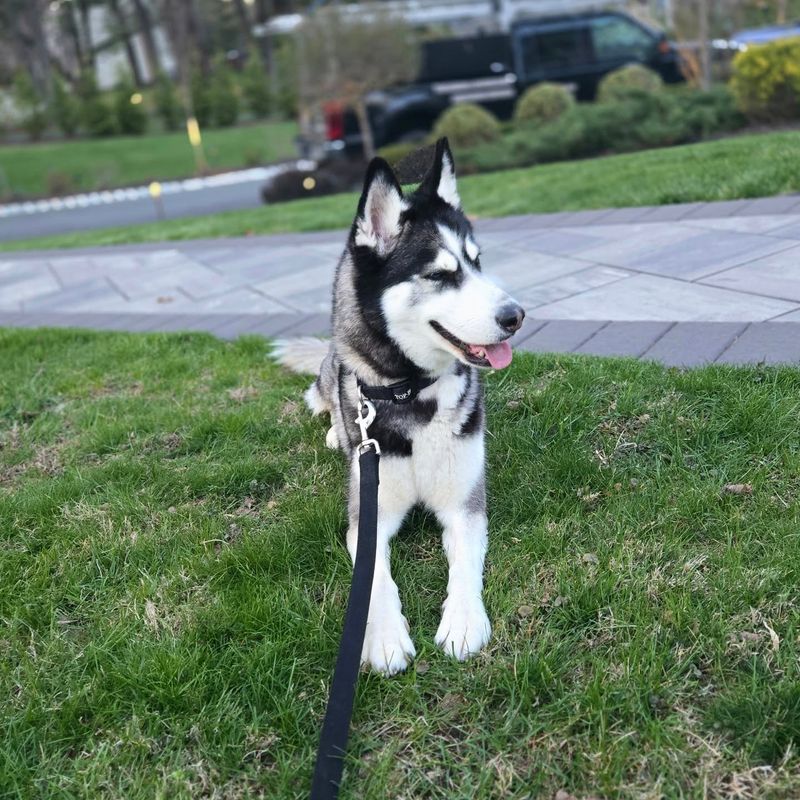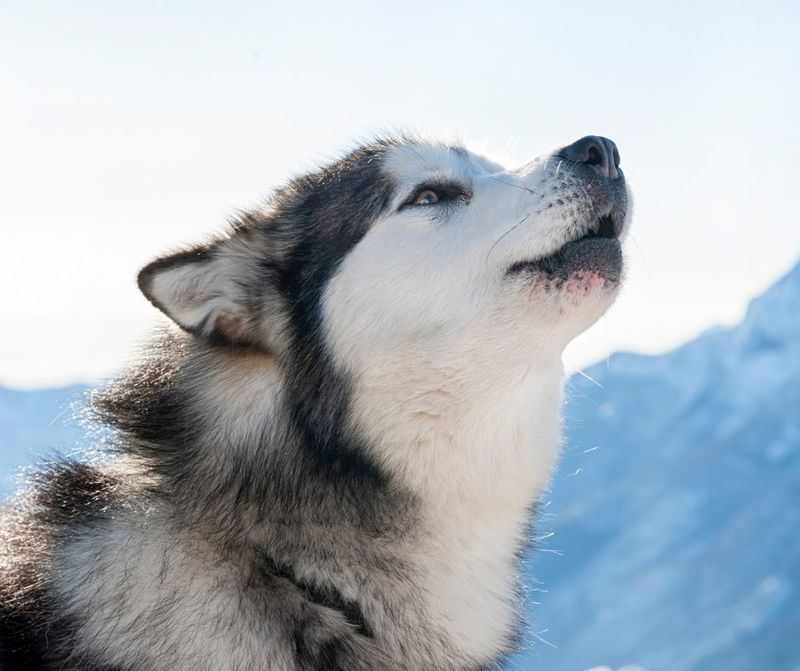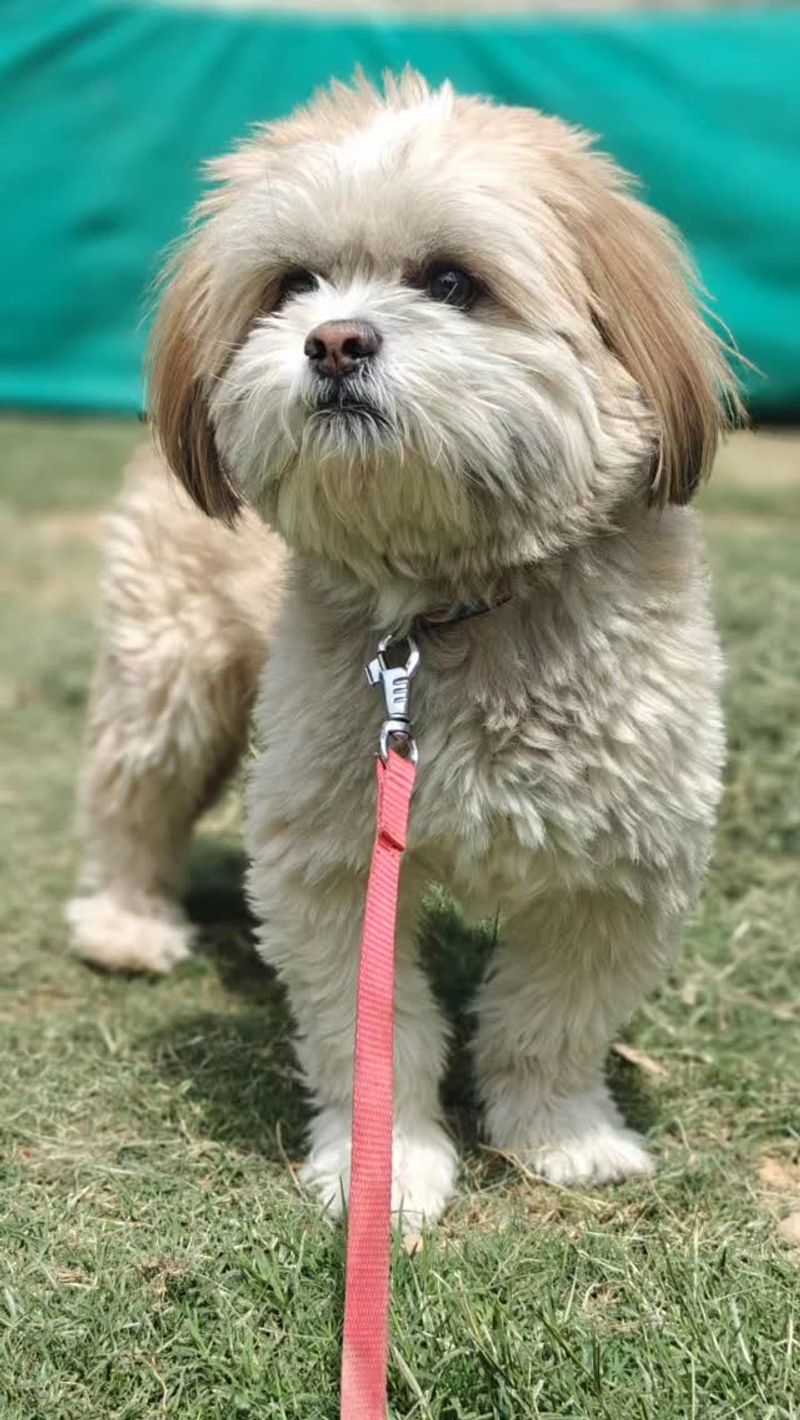Many households enjoy the companionship of multiple pets. However, some dogs exhibit reactive behaviors that may pose a danger to other animals. Understanding these tendencies helps in managing and ensuring a harmonious living environment. Here are 13 dogs known for their reactivity, which could make them a risk to other pets.
Chihuahua
With bold personalities and a fierce loyalty to their owners, Chihuahuas often act larger than life. This little canine’s reactivity usually stems from its need to protect its domain. Despite their size, they are quick to challenge other pets, leading to potential conflicts within a household.
Their strong territorial instincts often result in barky confrontations with larger animals. Owners need to manage these behaviors through consistent training and socialization.
Did you know? Chihuahuas were sacred to ancient Aztecs and are believed to have guided spirits into the afterlife.
Jack Russell Terrier
Energetic and tenacious, Jack Russell Terriers are known for their incredible drive and determination. These traits, while endearing, can be problematic around other pets. Their strong prey drive may lead them to chase smaller animals relentlessly.
Training is crucial to channel their energy positively, but many owners find these dogs a handful, especially in multi-pet households. Their spirited nature requires ample exercise and mental stimulation to avoid trouble.
Fun fact: Jack Russells were bred by Reverend John Russell for fox hunting, which explains their intense hunting instincts.
Dachshund
Dachshunds are known for their playful yet independent spirit. Their long bodies and short legs make them distinctive, but their strong hunting instincts can lead to issues with other pets. Originally bred to hunt badgers, these dogs often exhibit boldness beyond their size.
Their curious nature might get them into trouble, particularly with cats or small animals. Socialization from an early age can help curb these tendencies.
Did you know? The name “Dachshund” literally means “badger dog” in German, highlighting their historical purpose.
Australian Cattle Dog
Australian Cattle Dogs are intelligent, determined, and known for their herding skills. These traits make them both fascinating and challenging. Their tendency to herd other animals can lead to stress in households with different pets.
These dogs require experienced handling and ample training to manage their strong-willed nature. With proper guidance, they can be loyal companions, but their herding instincts remain a challenge.
Interesting tidbit: Australian Cattle Dogs are often called “Blue Heelers” or “Red Heelers” due to their unique coloring patterns.
Cocker Spaniel
Cocker Spaniels are gentle and loving, yet their reactivity is often underestimated. Bred for hunting, they have a keen sense of smell and heightened alertness that can lead to unexpected interactions with other pets.
Though they are generally good-natured, their strong hunting instincts may trigger them to chase smaller creatures. Consistent training helps in managing these impulses effectively.
Fun fact: Cocker Spaniels were one of the first breeds to win the Westminster Kennel Club Dog Show, showcasing their elegance and charm.
Shiba Inu
Known for their fox-like appearance and aloof demeanor, Shiba Inus can be fiercely independent. This breed’s hunting instincts are strong, often leading to tense moments with smaller pets.
Their aloofness can be mistaken for aggression, especially in unfamiliar situations. Proper socialization and training are essential to help them coexist peacefully with other animals.
Did you know? Shiba Inus are one of the oldest and smallest native Japanese breeds, renowned for their agility and alertness.
Border Collie
Celebrated for their intelligence and agility, Border Collies are born herders. These dogs often try to herd anything that moves, including other pets. Their intense focus and energy can overwhelm more docile animals.
Border Collies require mental and physical stimulation to keep their herding instincts from becoming problematic. Their high energy levels demand an active lifestyle.
Interesting fact: Border Collies have been called the world’s smartest dog breed, known for their ability to learn commands quickly and efficiently.
Doberman Pinscher
With a sleek physique and keen intelligence, Doberman Pinschers are formidable protectors. Their loyalty and protective nature can make them wary of other animals, especially if they perceive a threat to their family.
Early socialization is key to ensuring they coexist well with other pets, as their guarding instincts are strong. These dogs thrive in environments where they can use their intelligence constructively.
Fun fact: Dobermans were originally bred by a tax collector in Germany, named Karl Friedrich Louis Dobermann, who needed protection during his rounds.
Airedale Terrier
Airedale Terriers are often called the “King of Terriers” due to their size and stature. With a spirited personality, they are both playful and protective. Their terrier instincts can lead to high-energy interactions with other pets.
These dogs require consistent training and exercise to manage their exuberance, especially in multi-pet households. Their inquisitive nature makes them excellent companions, but also potential troublemakers.
Did you know? Airedales served as messengers and guard dogs during World War I, valued for their intelligence and courage.
Basenji
Dubbed the “barkless dog,” the Basenji is known for its unique vocalizations and cat-like independence. Their high prey drive can lead to conflicts with smaller pets, as they are natural hunters.
Their aloof nature means they may not easily warm up to other animals, requiring patience from owners. Despite their challenges, Basenjis are beloved for their quirky personalities.
Fun tidbit: Basenjis originated from central Africa and were used to track and flush out small game due to their keen sense of smell and sight.
Siberian Husky
Siberian Huskies are known for their wolf-like appearance and incredible stamina. While friendly with humans, their high prey drive can be concerning in households with smaller pets.
These dogs thrive on physical activity and can become destructive if not exercised adequately. Their independent spirit requires understanding and patience.
Fun fact: Siberian Huskies were integral to the success of Arctic expeditions, valued for their strength and endurance in harsh conditions.
Alaskan Malamute
Alaskan Malamutes are powerful and dignified, with a history of hauling heavy sleds. Their pack-oriented nature can lead to dominance issues with other pets if not properly managed.
Their friendly demeanor towards people contrasts with their sometimes aggressive behavior towards other animals. Consistent leadership and training are necessary to maintain harmony in mixed-pet homes.
Did you know? Malamutes are one of the oldest Arctic sled dog breeds, known for their strength and endurance in cold climates.
Lhasa Apso
Small but mighty, Lhasa Apsos are known for their aloof and protective nature. Originally bred to guard Tibetan monasteries, these dogs often exhibit a strong territorial instinct.
Their wariness of strangers extends to other animals, making early socialization vital. Owners appreciate their loyal companionship, but must be vigilant about their interactions with other pets.
Interesting fact: Lhasa Apsos were once considered sacred in Tibet, believed to reincarnate the souls of monks who failed to reach Nirvana.
